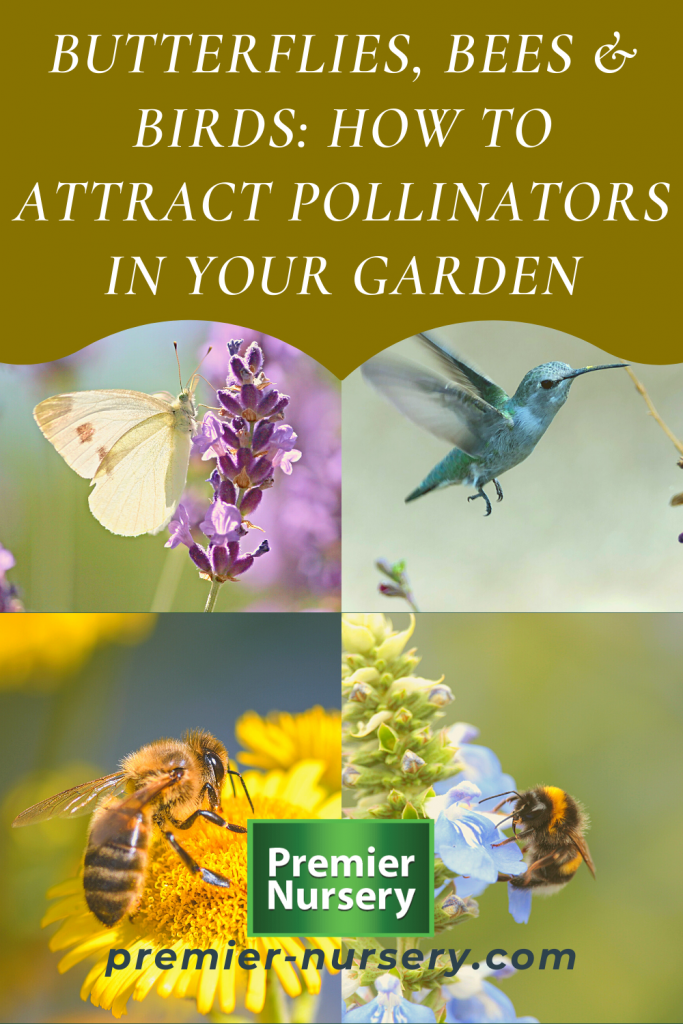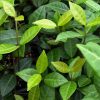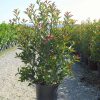Pollinators, simply put, carry pollen from one plant to another. As a result, the pollination that occurs is the growth of new fruit, whether it’s a flower, vegetable or fruit tree. Inside these fruits lies the genetics for the next generation’s growth – the seed. Without pollinators, there would be no seeds for certain plants, and therefore, no next generation. Plants like apple trees, blueberries, melons, and squash all rely solely on the pollination from bees to reproduce. (1)
For many growers, landscapers, and avid gardeners, pollinators are a welcoming sign – a buzzing acknowledgment that there is a healthy ecosystem within the garden. However, for the unknowing or novice gardener, the importance of pollinators may go unnoticed, and as a result, their gardens may suffer from a lack of growth and even natural disease and pest control. For instance, a beginner gardener may 33follow a gardening plan thoroughly – ensuring proper soil is used, maximum amounts of sunlight are being utilized, having a diverse mixture of plants in the garden, and using plenty of plant food – yet, still not see a lot of production and a low harvest. Why? There aren’t enough pollinators!
The best way to ensure proper growth and a diverse, healthy ecosystem within your garden is to become a purposeful gardener who creates a perfect pollinator-friendly environment.
Want more growth? Here is a list of pollinators you can attract to your garden this year.
Bees
Bees are arguably one of the most vital pollinators a gardener has to rely on. There are over 4,000 known native bees in the United States, and over 800 have been identified in Texas alone.
According to studies done by The University of Texas at Austin’s Department of Integrative Biology, some of the most common bees found in Texas are:
- Carpenter bees
- Long-horned bees
- Bumble bees
- Mining bees
- Plasterer bees
- Sweat bees
- Mason bees
- Leafcutter bees.
Butterflies

While butterflies cannot carry as much pollen as the bee, butterflies are still vital in the pollination process, and are even known to be able to see the color red! Therefore, butterflies do tend to gravitate toward brightly colored flowers. They pollinate by probing for nectar deep within the plant, rubbing and transplanting pollen from plant to plant in the meantime.
Plants that Attract Pollinators:
- Milkweed
- Goldenrod
- Spirea (5)
Hummingbirds
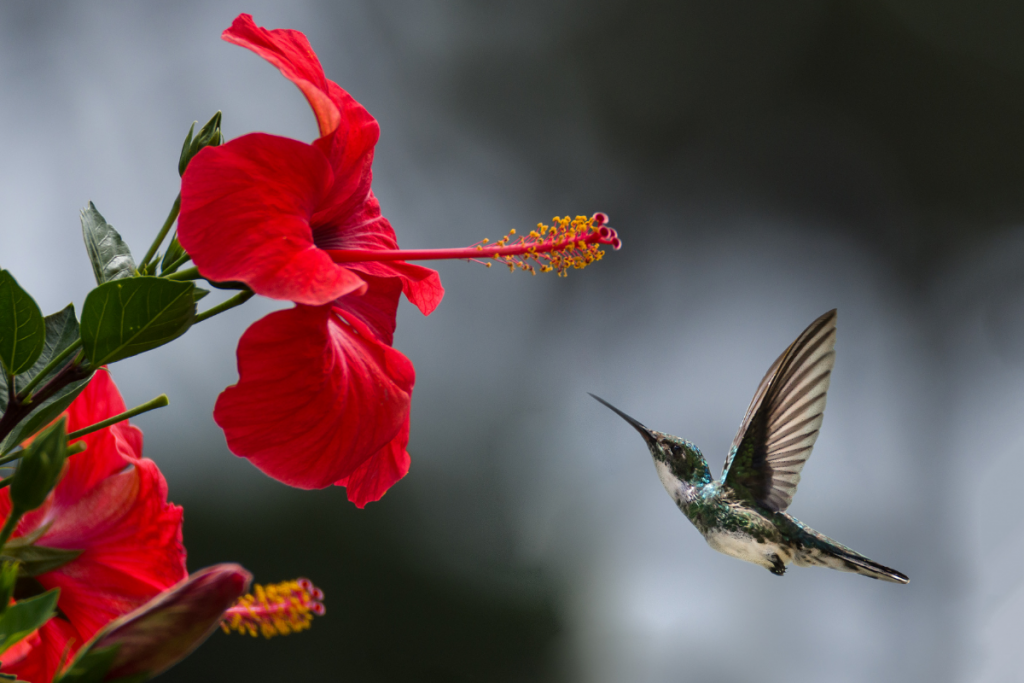
Like butterflies, hummingbirds probe for nectar deep within plants, and in the process, carry pollen around with them. Hummingbirds are also known for loving the color red, which is why most hummingbird feeders are bright red. However, they branch out very often to feed on any brightly colored flowers. Although they do not have a good sense of smell, they love long, tubular flowers like honeysuckles to feed on. (6)
Beetles
While sometimes pesky and usually messy, beetles are still incredibly important pollinators. They are so goal-oriented, in fact, that they will even eat through the petals, blooms, and fruit to get to the nectar – not always pleasant for the gardener, of course. Beetles are attracted to specific colors like white or light-colored blooms (especially magnolias, plants related to morning glories, and spicebush), flowers that open during the day, and flowers with very fragrant fruits.
How to Attract Pollinators to Your Garden
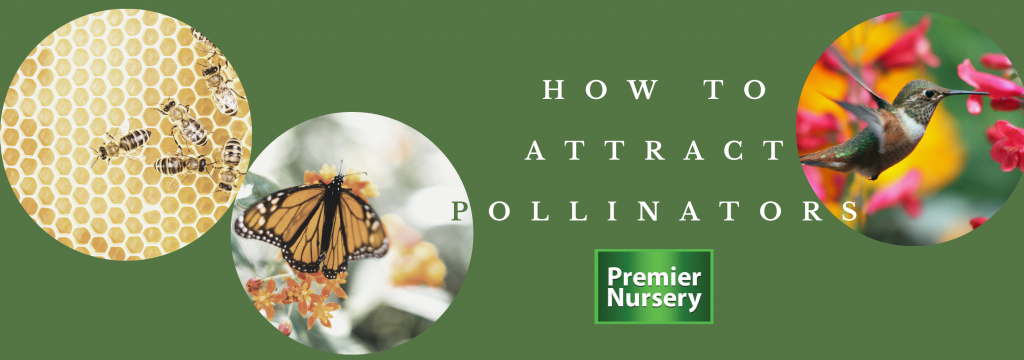
- Plant plants with pollen and nectar for the pollinators. These kinds of plants can include (but are certainly not limited to):
- Asters
- Alyssum
- Agastache
- Echinacea
- Geranium
- Rudbeckia
- Trifolium (4)
- Plant native plants to attract native pollinators. Need advice on what plants are native to your area? Contact us and we’ll gladly help you out!
- Establish a diverse base of plants in the garden, including wildflowers.
- Provide a water source for the pollinators. This can include a pond, a stream, a birdbath, or even a small water garden. Remember, small pollinators like bees need shallow water sources in order to land and drink. If you have a deep birdbath, ensure to include a large rock or other objects that stick out of the water so that the smaller pollinators can hydrate without drowning.
- Do not spray your plants during the day or before the pollinators retire for the evening to their hives. If you have to spray your plants with insecticides or herbicides, only do so in the evening when there are no pollinators. Remember, while some gardeners rely on the use of insecticides and herbicides, these sprays can hurt pollinators if used incorrectly or at the wrong times. Always read the labels and always consider your pollinators before using.
- When your plants are flowering, avoid spraying the bloom as that is where the pollinators do their pollinating.
REFERENCES:
- https://www.gardeners.com/how-to/attracting-beneficial-bees/5024.html
- https://www.gardeners.com/how-to/attracting-beneficial-bees/5024.html
